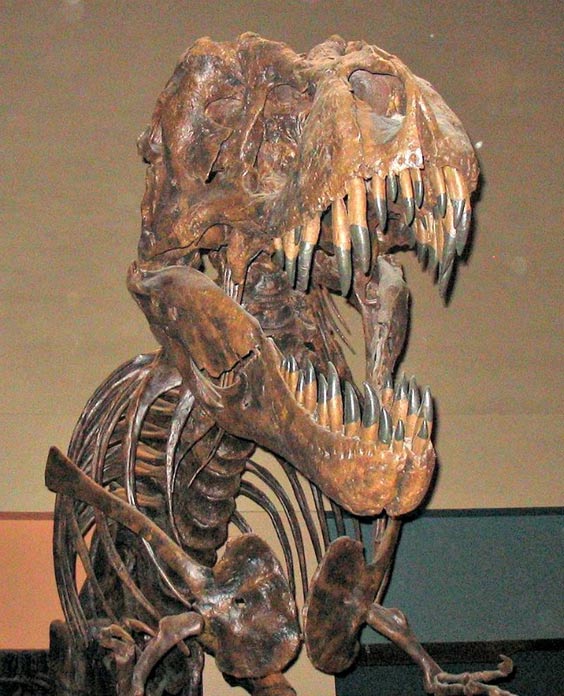

| Online: | |
| Visits: | |
| Stories: |

| Story Views | |
| Now: | |
| Last Hour: | |
| Last 24 Hours: | |
| Total: | |
Studies Begin on a Crater That May Explain the Dinosaur Extinction 65 Million Years Ago

Around 65 million years ago there was a mass extinction of dinosaurs. In addition, plankton, the base of the ocean food chain, was greatly affected. Many families of brachiopods and sponges disappeared, and the remaining hard-shelled ammonites vanished. It also greatly reduced the diversity of sharks and caused most of the vegetation on Earth to disappear. In short: more than half of the animal and plant species that inhabited our planet was eliminated.
What were the causes of this mass extinction? Scientists have not yet found a concrete answer, but are generally divided on two hypotheses: the impact of an asteroid/comet or a period of abundant volcanic activity.
The hypothesis of an extraterrestrial impact is due to the discovery of a layer of rock found worldwide, under water and land, dated to the time of the extinction, which is rich in iridium: a rare metal on earth but found in a higher concentration in meteorites. Proponents of this hypothesis argue that the iridium was spread across the planet via the impact of a comet or asteroid.

Tyrannosaurus rex skeleton at the Smithsonian museum of Natural History in Washington DC. (Public Domain)
www.Ancient-Origins.net – Reconstructing the story of humanity’s past
Source: http://www.ancient-origins.net/news-science-space/studies-begin-crater-may-explain-dinosaur-extinction-65-million-years-ago-005698


